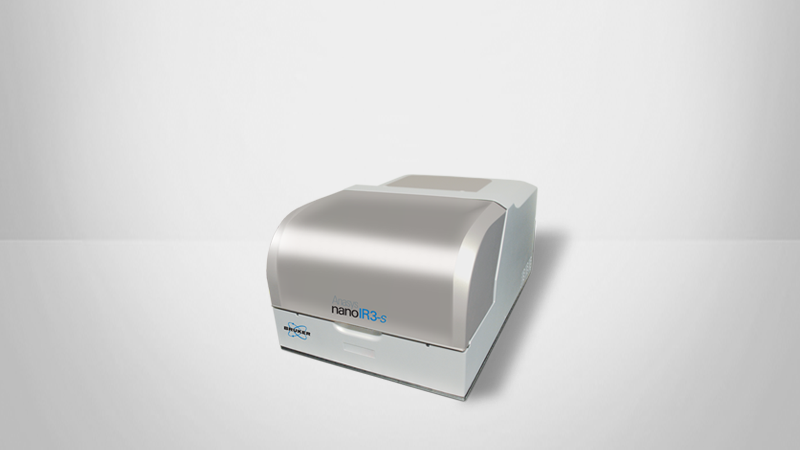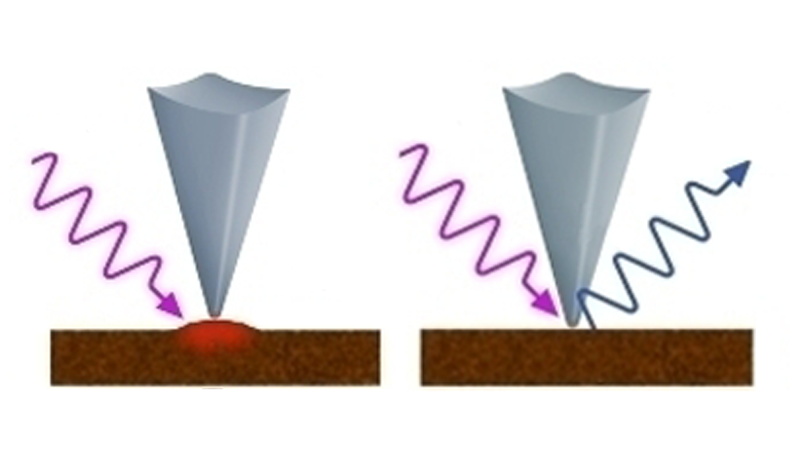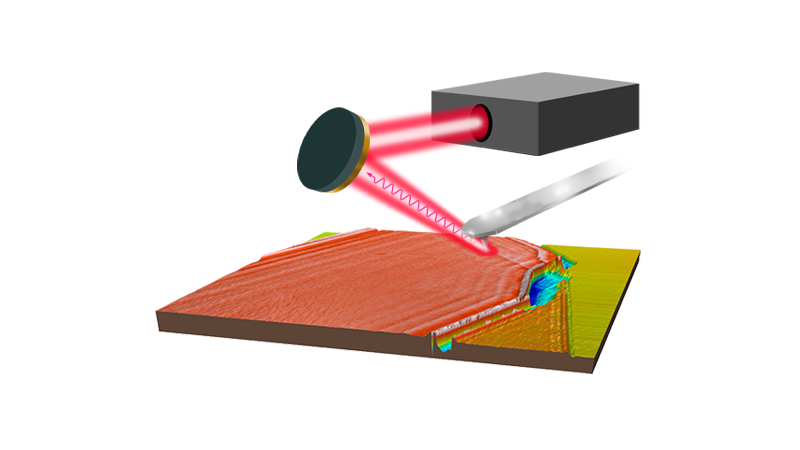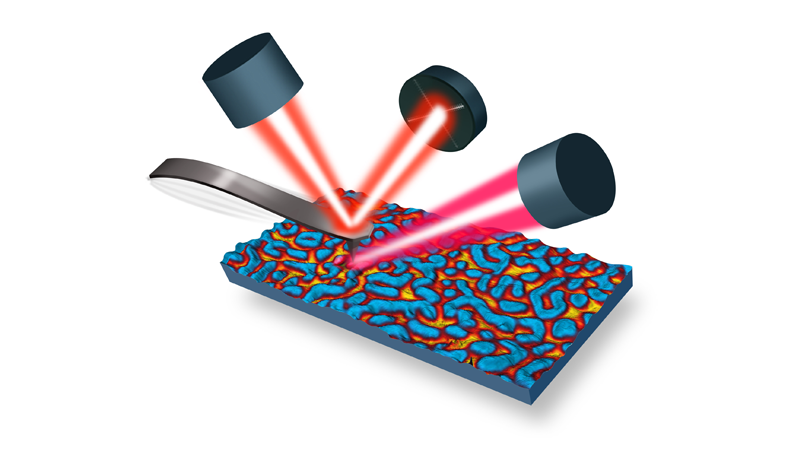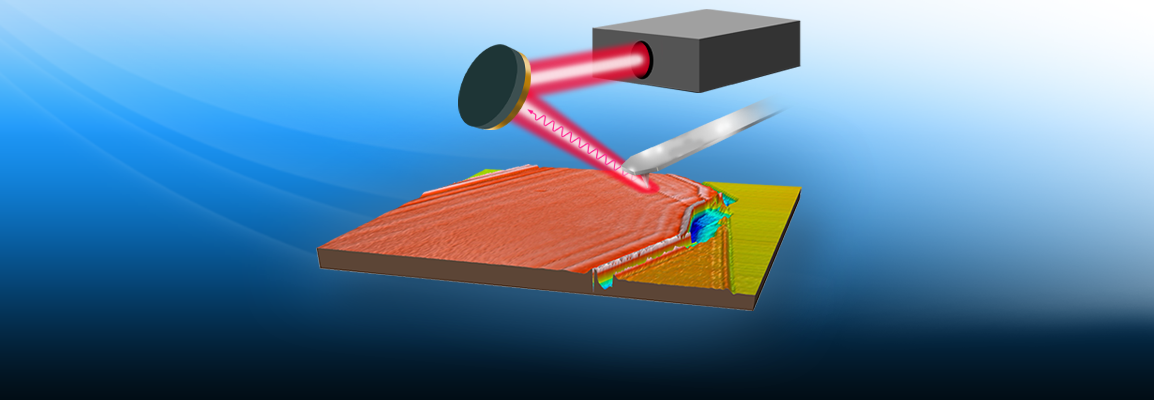

Two Complementary Nanoscale IR Techniques: Photothermal AFM-IR and s-SNOM
Understand the Fundamentals of Photothermal AFM-IR and s-SNOM
In this webinar, Bruker’s nanoscale IR experts guide the viewer through:
- Theoretical basics AFM-IR and s-SNOM
- Several case studies using each technique
- An overview of basic system configuration
Webinar Summary
This webinar introduces two main techniques for nanoscale IR measurements: Photothermal AFM-IR (PTIR/AFM-IR) and IR-based Scattering Scanning Nearfield Optical Microscopy (IR s-SNOM).
The presenter – Bruker expert Cassandra Phillips, Ph.D. – differentiates AFM-IR and s-SNOM by comparing them to more familiar techniques:
- AFM-IR is like a nanoscale FTIR
- s-SNOM is like a nanoscale ellipsometry
Dr. Phillips delves into the fundamentals behind AFM-IR and s-SNOM. Both complementary modes are combined in Bruker’s nanoIR3-s platform.
Also included in this in-depth introductory webinar are:
- Exemplary case studies for both AFM-IR and s-SNOM
- System configuration descriptions, accompanied by real-machine images
- An extensive Q&A session, where the presenter answers audience questions
In the Q&A session, viewers can expect to hear the answers to:
- Can AFM-IR be performed in fluid?
- What are typical sample requirements for nanoscale IR techniques?
- What is the probing depth of the laser and that of each technique?
- Can nanoscale IR techniques be performed using a synchrotron source?
- watch part 2: Online Demo of the nanoIR3 System - Photothermal AFM-IR
- watch part 3: Chemical Characterization of Heterogenous Polymeric Materials on the Nanoscale Using Photothermal AFM-IR
- watch part 4: Nanoscale AFM-IR Spectroscopy and Imaging for Failure Analysis of Electronic Devices
- watch part 5: 2D Material Characterization Using Photothermal AFM-IR and s-SNOM
Find out more about the technology featured in this webinar or our other solutions for Photothermal AFM-IR and s-SNOM:
Featured Products and Technology
Speakers
Cassandra Phillips, Ph.D.
Application Scientist, BrukerCassandra did her Ph.D. at the University of Toronto exploring the photophysics of boron nitride nanotubes using scattering scanning nearfield optical microscopy (s-SNOM) and computational models. She has been working at Bruker Nano Surfaces and Metrology since September 2019 as an Applications Scientist focusing on nanoscale IR spectro-microscopy and other correlated imaging techniques realized with atomic force microscopy.
Dr. Anirban Roy
Senior Applications Scientist
